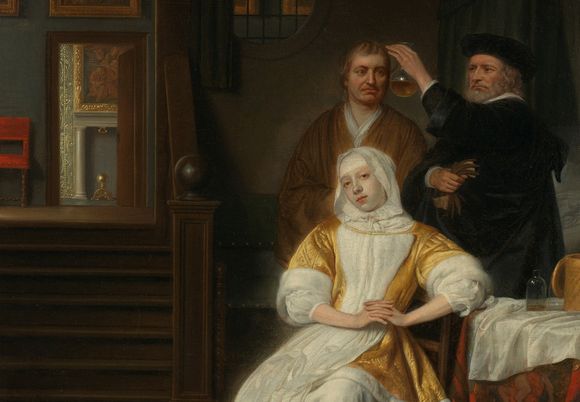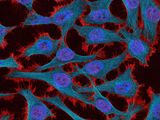Author: Rositsa Tashkova, Master of Molecular Biology and Microbiology
If anemia was a woman, how would you have imagined it? Perhaps with a pale face? In fact, anemia has different faces. The causes of anemia can be various, therefore it is extremely important a medical doctor to diagnose them in order to appoint the right treatment. Treatment of one type of anemia can be dangerous for another.
Types and causes of anemia
There are at least 9 different causes of anemia - some of them are rare, others are very common, and when we hear the word "anemia" we first think of them. In the following lines we will briefly look at each type and cause.
Blood loss anemia
Blood loss can occur in an accident, but also when an internal bleeding is present and anemia may be a symptom of a more serious problem. It is necessary to establish where the bleeding comes from and stop it, after that a therapy for iron deficiency anemia can be appointed if needed.
Bone marrow and stem cells problem
In aplastic anemia [ref.1] the bone marrow stops producing new blood cells, which can affect erythrocytes only (red blood cells) or also other types of blood cells, e.g. white blood cells or platelets.
Aplastic anemia can be congenital or acquired. If it is congenital patients are at greater risk of developing leukemia (blood cancer), and the acquired is caused by some external stimulus, for example a virus that alters certain immunefunctions (HIV, Epstein-Barr), or toxic substances, medications, radiation.
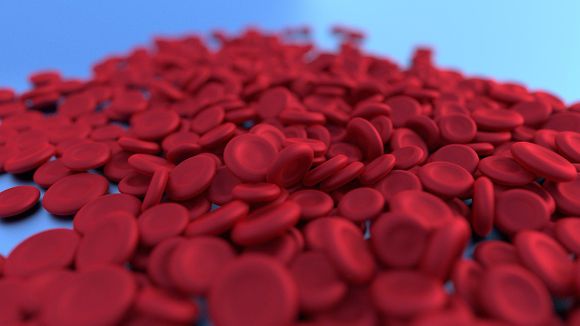
Sickle cell anemia
This is a genetic disease in which some of the erythrocytes have an irregular sickle shape. These cells live only 10-20 days, while normal erythrocytes live up to 120 days. This leads to a reduced number of normally functioning erythrocytes and, accordingly, to anemia. [ref.2]
A curious fact about this disease is that it protects against malaria, since malaria plasmodium cannot enter sickle-shaped erythrocytes. Therefore, the mutation is widespread in countries where malaria is spread - healthy people die more often from the disease and those who carry the mutation remain alive.
Decreased production of erythrocytes
There may be various reasons for the reduced amount of red blood cells.
Lead poisoning anemia
In this case, the treatment includes medications that bind to lead and remove it from the body. This also solves the problem of anemia, which in this case is a symptom of poisoning.
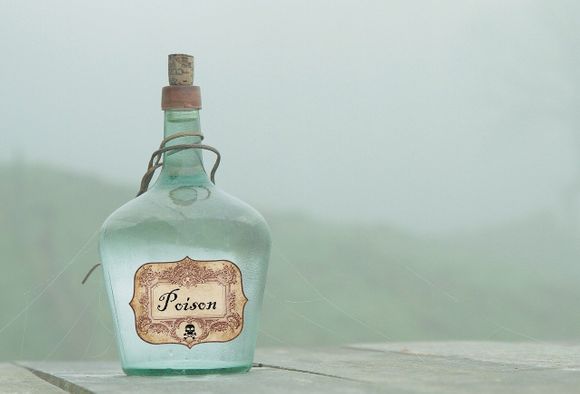
Chronic disease may cause anemia
Chronic kidney disease or chemotherapy are also factors that can lead to anemia. They can be treated with an injection of the hormone erythropoietin, which stimulates the bone marrow to produce more erythrocytes.
Hemolytic anemia
With hemolytic anemia [ref.3], increased destruction of red blood cells (hemolysis) is observed. The reasons for this can be various, including poisoning with toxic substances, tumors, kidney or blood vessel problems, an immune reaction directed against erythrocytes, defects in the erythrocytes themselves. This condition can also lead to other unexpected complications such as gallstones and syncope.
Anemia due to folate and vitamin B12deficiency
The deficiency of these vitamins may be due to congenital mutations in some genes that disrupt their metabolism, or may be the result of an inadequate diet. It is especially important that the levels of these two vitamins are optimal during pregnancy. [ref.4]
Anemia caused by vitamin B12 deficiency is also called perniciosis anemia or megaloblastic anemia.
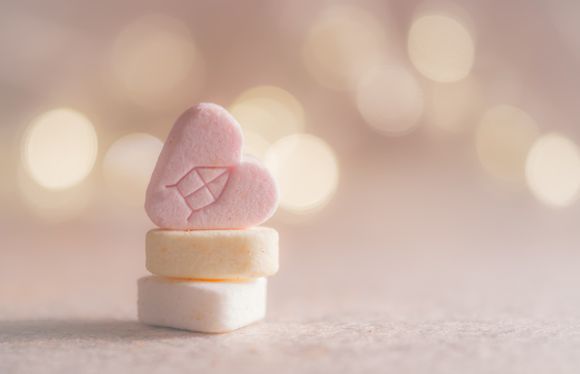
Treatment consists of injecting B12 or taking the vitamin in the form of a supplement, but in this case very large doses are needed to alleviate the deficiency. Symptoms of anemia disappear after returning the levels of these vitamins to normal.
Below we will focus on foods that are rich in folate and B12.
Iron deficiency anemia - the most prevalent type of anemia
In women of reproductive age, iron deficiency can be due to heavy menstruation, while in women who do not menstruate and in men it is important to find the source of bleeding, and for this purpose, a colonoscopy can be appointed (observing the inside of the colon with a small camera). Iron deficiency anemia affects children, too. [ref.5]
It is very important that the treatment is appointed by a doctor and you do not take iron-containing supplements at your own discretion, as this poses many risks. After we have been prescribed a therapy it is good to take the iron supplement with a meal in order to reduce the side effects.
Iron supplements may interact adversely with other supplements or medications, for example calcium interferes with iron absorption, so it is best to take the supplements that contain it at different times of the day.
Also, the body digests iron best when taken in a slightly acidic environment, so you can take it with half a glass of orange juice or with vitamin C.
Foods and combinations that are useful for anaemia sufferers
As it became clear, the causes of anemia are different, and therefore the food we take needs to be tailored to the specific cause for anemia in each individual.
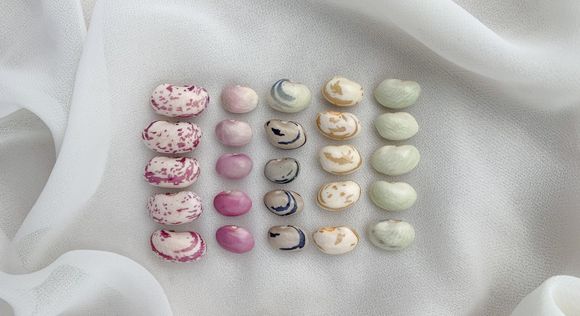
If you have iron deficiency anemia, it is necessary to increase the level of iron in the blood. Good sources of iron are:
- Red meat - lamb, chicken (there is less iron in it)
- Liver, kidneys, veal tongue
- Egg yolk
- Fish - canned or fresh tuna, mackerel, fresh perch, fresh or canned salmon
- Legumes - all kinds of beans, chickpeas, soybeans, peas
- Green leafy vegetables - spinach, kale, collard, mangold, dandelion leaves
- Whole grains
- Nuts - pumpkin seed, cashew, pistachio, sunflower seed; almonds are rich in iron, but also in calcium, which inhibits iron absorption and therefore is not a good source.
Iron of animal origin is called heme iron, since it is in the composition of the heme in hemoglobin, and iron of plant origin is non-heme iron (plants do not have hemoglobin).
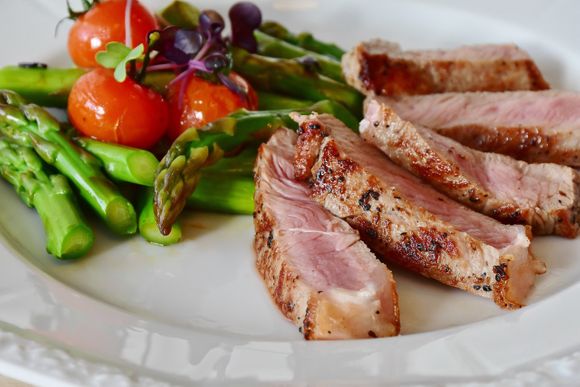
To increase iron absorption, it is necessary to observe the following rules:
- Meat should be combined with plant sources of iron, especially with vegetables rich in vitamin C or juice of such fruits (orange, lemonade).
- Some dark leafy vegetables are rich in iron, but also oxalates which prevent non-heme iron from being absorbed. Therefore, they are not a self-sufficient source of iron - it remains largely inaccessible to our organism. It is good to combine them with vitamin C-containing foods - oranges, red peppers, strawberries. Collard and mangold are vegetables that are rich in both vitamin C and iron.
- It is necessary to avoid foods rich in calcium in combination with those rich in iron, since calcium can bind to iron and prevents it from being absorbed in the intestines. Therefore, our favorite spinach with rice and yogurt is not a good source of iron, as well as nettle with cheese.
- Besides foods rich in calcium and oxalates, there are other foods and drinks that block the absorption of iron: coffee, black or green tea, eggs.
- Foods rich in beta carotene improve iron absorption, such as apricots, red peppers, beetroot.
In case of anemia caused by folate deficiency and vitamin B12 (perniciosis anemia) it is important to get their levels back to normal. In addition to supplements, this process can be supported by food:
- Good sources of vitamin B12 are meat, liver, kidneys, fish, oysters, mussels, milk, cheese, eggs.
- Good sources of folate (vitamin B9) are fresh citrus fruits, legumes, green leafy vegetables, mangold, cauliflower, broccoli, Brussels sprouts, dairy products, whole grains, liver. Vegetables should be eaten raw or very slightly cooked to keep the folate in them.
Many factors can lead to anemia, but fortunately this condition in most cases is easily treatable when correctly diagnosed, and our personal contribution through proper nutrition is no less significant for conducting treatment and reaching positive results and good health.
Q&A
What vitamins to take for anemia?
When anemia is due to a deficiency of vitamins, it is a deficiency of folate, vitamin B12 and vitamin C. These are the vitamins that are taken in proven anemia caused by their deficiency.
What is senile anemia?
Anemia is a common disease in the elderly. Patients with iron deficiency anemia should be examined for the presence of gastrointestinal disease, including malignancy, as a possible underlying disease. Secondary anemia can result from chronic infectious disease, chronic inflammatory disease such as collagen disease, chronic renal failure, and endocrine disease. It is also important to distinguish anemia from myelodysplastic syndrome, which occurs with increasing frequency along with aging.
There is also so-called senile anemia, caused by age-related physiological degeneration of bone marrow function, renal function and other organ functions. When anemia is found in an adult, it is important to determine if it is due to physiological changes or if there is another underlying disease whose treatment can also have a positive effect on anemia.
What are the symptoms of anemia?
Symptoms of anemia are: fatigue, weakness, pale or yellowish skin, irregular heartbeat, shortness of breath, dizziness, chest pain, cold hands and feet, headache.
